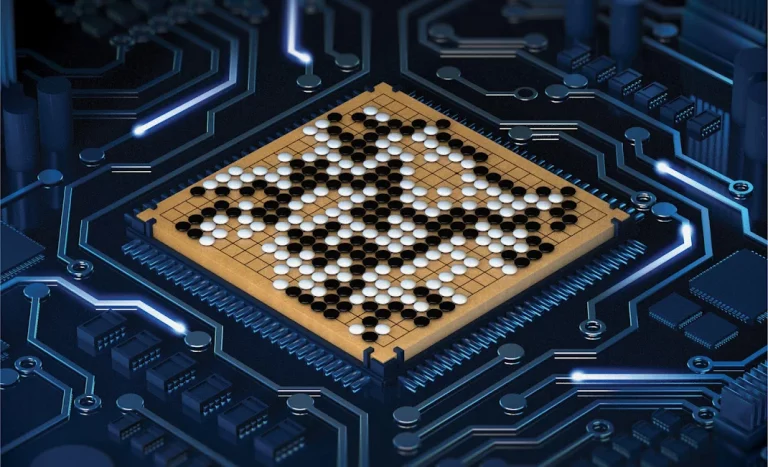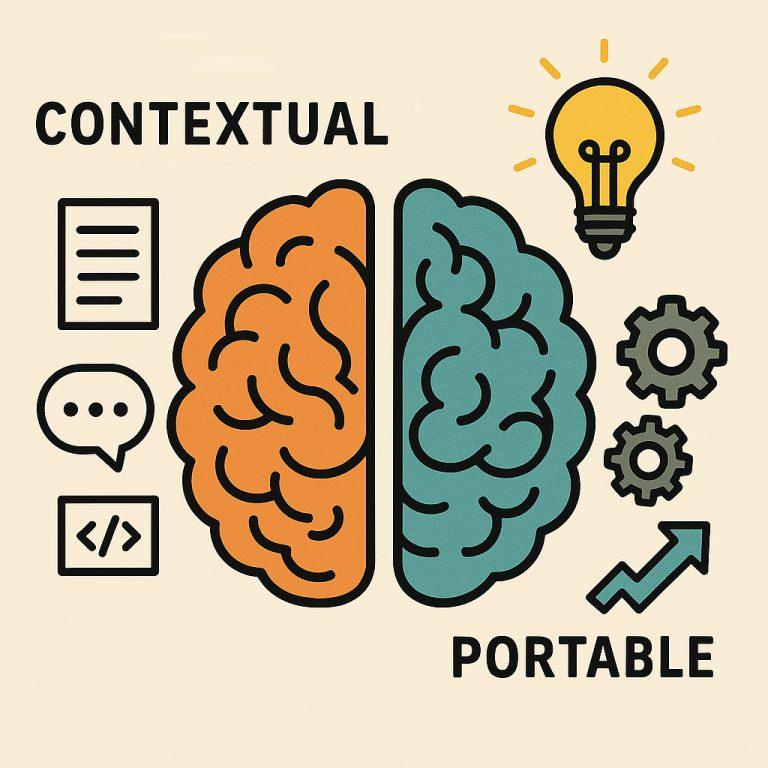Betting on Tesla for next 10 years.
Wait, Seriously—Tesla?
Tesla is trending these days — just not for the reasons investors like. Scroll through Twitter and you’ll see more flaming Teslas than cat memes. European sales are down 60%, showrooms are protest zones, and with a $700B market cap and a PE of 125, the Buffett disciple in me wants to throw a chair.
And yet… I’m betting on Tesla. Why? Because this isn’t just a car company. It’s a moonshot machine placing two big bets: full self-driving and humanoid robots.
Autonomous Driving
Tesla’s been mocked for years—“It’s not as good,” “It doesn’t use LiDAR.” But with the latest V13 software, something’s changed. I’ve been driving it. It’s way better and needs lot fewer interventions.
Robotaxis: Your Tesla as a Side Hustle
Imagine your Tesla driving around while you sleep, giving rides and earning cash by transporting passengers around town. Uber is worth $150 billion with a take rate of 25% per ride. Tesla’s model skips the middlemen. If it works, the revenue from a single robotaxi could exceed the original price of the car every year.
The big advantage? Tesla already has a fleet on the road with the hardware needed. When regulation catches up, they can activate it instantly. And while Tesla’s brand gets debated online, most rideshare customers care more about price and convenience than brand.
Redefining Our World (And How We Live In It)
Self-driving cars will change everything about how we live. Think about it: your daily commute transforms from wasted time to bonus hours for sleep, work, or Netflix. Those short flights? Why bother when you can sleep in your car overnight and wake up at your destination?
The housing market may feel this change too. Suddenly, living 50 miles from work isn’t a problem when your commute becomes useful time. That cheaper house in the countryside? Now it makes perfect sense when you can nap, read, or work while your car handles the driving. People might spend less on housing and more on their cars, since that’s where they’ll spend quality time.
We’re already seeing the start of this shift. In San Francisco, people line up to ride in Waymo’s driverless taxis while traditional Uber drivers wait for customers who never come. And Tesla’s approach—using cameras instead of expensive lidar sensors—means they can roll out this technology faster and more affordably than competitors.
“But it doesn’t have LiDAR”
True. Tesla went all-in on cameras and neural networks, skipping the expensive sensor suite. Critics still point to that as a weakness. But humans drive with vision alone, and Tesla’s betting software can learn to do the same.
Tesla doesn’t need to be perfect—just better than humans. And without LiDAR’s hefty price tag, they’re building autonomous vehicles at a fraction of the cost. History is clear: when a product is 80% as good but costs half as much and scales ten times faster, it doesn’t just compete—it dominates.
Humanoid Robots: The Next Industrial Revolution
While autonomous vehicles grab headlines, Tesla’s robotics might be their most valuable long-term bet. Humanoid robots aren’t just science fiction anymore—they’re becoming reality.
Why Human-Shape Make Sense
Our world is designed for human bodies. Doors, stairs, tools, and workspaces all expect human dimensions and capabilities. A humanoid design is simply the most practical approach—one versatile platform instead of specialized machines for each task. Instead of investing in and building many different robot designs, it’s more efficient to perfect a single human-shaped form that works across all environments we’ve already built for ourselves. a single human-shaped form that works across all environments we’ve already built for ourselves.
The Path to Adoption Is Clearer Than You Think
Robots have a clearer path to adoption than self-driving cars. Why? Autonomous vehicles must master countless unpredictable “edge cases” on chaotic public roads—demanding near-perfection. Robots don’t.
They only need to excel at one specific task in a controlled setting: lifting boxes, assembling parts, or basic food prep. Master one job reliably, and they’re commercially viable, ready for immediate use. This focus makes their journey to usefulness far quicker.
Why will Tesla outperform it’s competition
Manufacturing. Tesla brings two critical advantages to robotics: substantial capital reserves ($35 billion) and world-class manufacturing expertise. While startups like Figure AI and Apptronik develop impressive prototypes, Tesla has the infrastructure to mass-produce robots at scale. As Musk often says, “The factory is the product”—and Tesla’s factories are exceptionally efficient. Just like self-driving, tesla can make 80% as good of a product but it can scale it 10x faster.
Insane Margins
Labor-intensive jobs represent a multi-trillion dollar market—roughly one-third of global GDP. While a U.S. worker’s base pay might be $40k+, their fully loaded cost including benefits and overhead often tops $80k-$100k annually. Since one robot can replace three 8-hour shift employees, a $200,000 robot becomes a compelling investment, not an expense. Plus, robots don’t call in sick, take vacations, or form unions.
The truly insane opportunity lies in connecting this immense utility with radically declining production costs. Yes, building robots is expensive now, but costs will inevitably fall, just like with every other technology. Consider this: a robot might fundamentally require only 1/20th the materials of a $50,000 car. That inherent material economy suggests current high costs are a temporary barrier, not a permanent one.
With Tesla’s manufacturing prowess, this all points to achieving software-like margins on hardware—a revolutionary shift in industrial economics.
If It’s So Great, Why Not Bet the Farm?
Fair question. Three reasons I’m only risking capital I can afford to lose:
Competition Risk:
Predicting trends is easy; picking winners isn’t. Early auto investors correctly foresaw cars crushing the horse-and-buggy market, yet most still went broke. Why? because hundreds of car makers popped up; only a few, like Ford, survived that initial chaos. Tesla faces a similar fight today against giants and hungry startups.
Red Tape and Resistance
Self-driving cars and robots will flip whole industries and change millions of jobs. That means a big fight is coming. Remember the taxi drivers’ war against Uber? The battles over robots and AI will be far bigger—a global tussle over rules, safety, and who controls the future.
The Musk Factor
Elon Musk is Tesla’s genius visionary, critical to its success. Yet, relying so heavily on one brilliant—and unpredictable—individual is a huge risk. His divided attention or an unexpected departure could derail momentum, and his public statements alone can cause significant market swings.
The Bottom Line
Make no mistake, Tesla is a high-risk bet. Yet, the possibility of a future with widespread robotaxis and robot workers — is undeniably exciting. It’s a bold leap they’re aiming for.
So, I’m backing this vision for the next decade, strictly with capital I’m prepared to lose. Now, it’s a matter of watching closely, fingers crossed, to see how this remarkable chapter unfolds.



